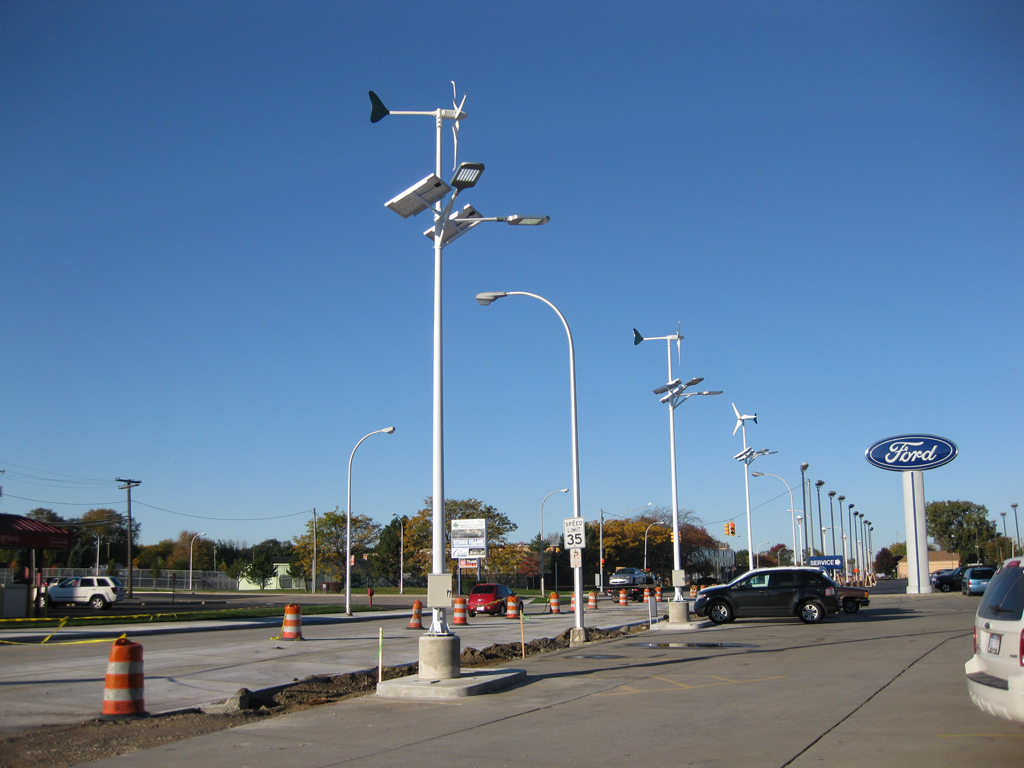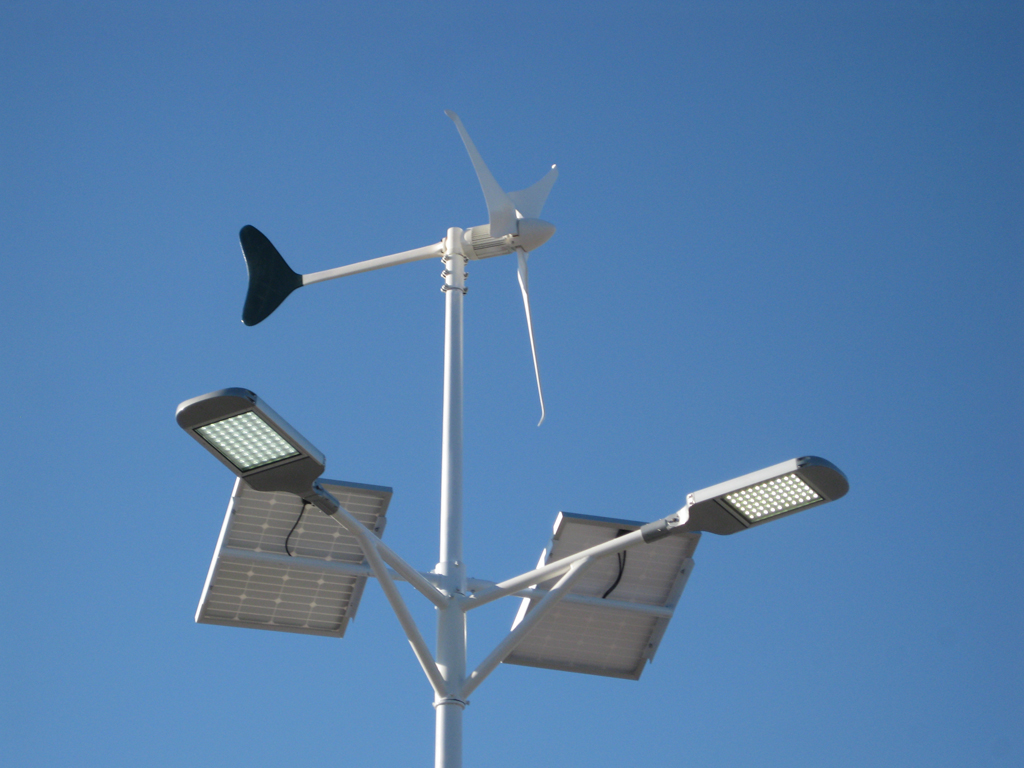- The new 3.7-liter V6 engine in the 2011 Ford F-150 is projected to deliver best-in-class 23 mpg highway, pending final EPA certification
- The new 5.0-liter V8 in the 2011 F-150 is projected to deliver best-in-class 21 mpg highway, pending final EPA certification
- No other manufacturer offers better fuel economy in the respective segments

DEARBORN, Mich., Oct. 14, 2010 – Ford Motor Company is launching the most fuel-efficient full-size pickup of any manufacturer – the all-new 3.7-liter V6 engine in the 2011 F-150. It is projected to deliver best-in-class 23 mpg highway, pending EPA certification.
The new 5.0-liter V8 engine is projected to deliver best-in-class 21 mpg highway, pending EPA certification.
“The all-new engine lineup for the 2011 Ford F-150 is focused on delivering what matters most to truck customers – best-in-class power, capability, durability and fuel economy,” said Barb Samardzich, vice president of Powertrain Engineering. “Each engine offers an unequaled combination of these attributes.”
The new 3.7-liter V6 is projected to deliver 16 mpg city and 23 mpg highway in 4x2 configuration. The new 5.0-liter V8 is projected to deliver 15 mpg city and 21 mpg highway in 4x2 configuration. No manufacturer offers better fuel economy numbers in these respective segments.
“Seventy percent of F-150 customers said better fuel economy is what they’d like improved most in their truck,” said Doug Scott, Truck Group marketing manager. “The 2011 Ford F-150 does exactly that with best-in-class fuel economy, best-in-class capability and power, and more powertrain choices to suit their different needs.”
The new V6 and V8 make up half of an all-new powertrain lineup for the 2011 Ford F-150, part of the most extensive engine makeover in the 62-year history of F-Series. Also new for 2011 are the 6.2-liter V8 and 3.5-liter EcoBoost™ truck engine. The EcoBoost will be available in early 2011. Trucks with the 3.7-liter V6, 5.0-liter V8 and 6.2-liter V8 will arrive in dealer showrooms later this year.
Each engine is mated to a fuel-saving six-speed automatic transmission. Ford is the only manufacturer to equip its entire full-size pickup lineup with six-speed gearboxes as standard.
This versatile new powertrain lineup enables F-150 customers to choose the engine that best suits their needs.
Several other improvements help increase fuel economy
The extensive work to maximize the efficiency of each engine is complemented by additional improvements to the transmission and other areas of the new F-150.
The tried-and-true 6R80 six-speed automatic transmission has been upgraded to bring available customer conveniences such as SelectShift capability with progressive range select and manual mode to the F-150 for the first time.
The transmission has been optimized for each new engine. The transmission matched to the 3.7-liter engine, for example, has fewer clutch plates compared with the other F-150 engines.
A one-way clutch, which allows for smoother 1-2 and 2-1 shifts, faster downshifts and improved fuel economy, has been added. The gear ratios, span and shift schedule have been optimized for better off-the-line performance and improved fuel economy. The double-overdrive gear also provides better fuel economy.
Another fuel saver is the addition of class-exclusive electric power-assisted steering (EPAS) to the 3.7-liter V6, 5.0-liter V8 and 3.5-liter EcoBoost powertrains. The EPAS system replaces a conventional hydraulic system, which runs continuously off the engine, with a system that draws power only when needed. Ford is the first manufacturer to widely offer EPAS on full-size pickup trucks. EPAS contributes about a 4 percent fuel-economy benefit compared with conventional hydraulic systems.
“Our new engine lineup allows greater flexibility for customers to select the powertrain choice that best suits their needs,” said Samardzich. “And each engine delivers outstanding power, capability and fuel economy.”
3.7-liter four-valve Ti-VCT V6
The 3.7-liter will be the most powerful, capable and fuel-efficient base V6 of any truck in its class. Key attributes include:
- Projected best-in-class 23 mpg highway (4x2 configuration), pending final EPA certification. Also delivers 16 mpg city
- Best-in-class 302 horsepower at 6,500 rpm
- Unsurpassed 278 lb.-ft. of torque at 4,000 rpm
- Best-in-class 6,100 pounds maximum trailer tow
- Ti-VCT (twin independent variable camshaft timing) creates precise, variable timing control of both the intake and exhaust camshafts to optimize power, performance and fuel economy
- E85 flex fuel capability
- Piston-cooling jets, which squirt oil on the underside of the pistons to keep the piston crowns cool under extreme operating conditions
- Forged-steel crankshaft for improved durability
- Built at Cleveland Engine Plant
5.0-liter four-valve DOHC Ti-VCT V8
The 5.0-liter V8 in the 2011 F-150 offers many class bests compared with comparable base V8s, including:
- Projected best-in-class 21 mpg highway (4x2 configuration), pending final EPA certification
- Best-in-class 360 horsepower at 5,500 rpm
- Best-in-class 380 lb.-ft. of torque at 4,250 rpm
- Best-in-class 10,000 pounds maximum trailer tow
- New strengthened block and new cylinder head optimized for performance and enhanced cooling
- Unique intake camshafts, combined with Ti-VCT, composite intake manifold and optimized compression ratio for improved low-speed torque and towing capability
- Forged-steel crank and all-new oil cooler enhance durability
- Piston-cooling jets, which squirt oil on the underside of the pistons to keep the piston crowns cool under extreme operating conditions
- E85 flex fuel capability
- Built at Essex Engine Plant; Windsor, Ontario
6.2-liter two-valve SOHC V8
The 6.2-liter V8 is a premium engine offering on the 2011 F-150. It is now standard on F-150 SVT Raptor, with expanded offering on other specialty applications. Its attributes include:
- Best-in-class 411 horsepower at 5,500 rpm and 434 lb.-ft. of torque at 4,500 rpm vs. all competitors
- Best-in-class 11,300 pounds maximum trailer tow vs. all competitors
- Projected 12 mpg city, 17 mpg highway (4x2 configuration), pending final EPA certification
- Durability of race-proven components and technology showcased in November 2008 when a 6.2-liter Raptor R not only survived the grueling Baja 1000, it earned a podium finish. The same engine then completed every mile of the 2009 Best in the Desert series
- Utilizes a large bore and shorter stroke. This approach to creating power has its roots in storied Ford racing engines. The large bore allows for larger intake and exhaust valves for improved engine airflow, and the short stroke allows higher engine speed for increased horsepower
- Because of the large bore size, two spark plugs per cylinder are used to more efficiently burn the fuel-air mixture in the combustion chamber, enabling better fuel economy and increased engine torque. The twin plugs also help maintain a smooth, stable idle
- Built at Romeo (Mich.) Engine Plant
3.5-liter Ti-VCT EcoBoost
A premium powertrain offering available after launch, the 3.5-liter EcoBoost has more torque than any competitors’ V8 with the fuel economy of a smaller-displacement engine. This EcoBoost engine will establish a new benchmark for its combination of performance capability and fuel efficiency. Its attributes include:
- 365 horsepower at 5,000 rpm on regular fuel
- Best-in-class 420 lb.-ft. of torque at 2,500 rpm on regular fuel
- Best-in-class 11,300 pounds maximum trailer tow vs. all competitors
- Best-in-class 3,060 pounds payload vs. all competitors
- Up to 90 percent of peak torque available from 1,700 rpm to 5,000 rpm
- New benchmark for combination of performance capability and fuel efficiency
- Ti-VCT creates precise, variable timing control of both the intake and exhaust camshafts to optimize power, performance and fuel economy
- Intake and exhaust camshafts optimized for improved fuel economy and performance
- Cast exhaust manifolds for heavy-duty operation and durability
- Improved manifold and cylinder heads for improved performance
- Direct-acting mechanical bucket (DAMB) valvetrain with polished buckets to reduce friction and improve fuel economy
- Built at Cleveland Engine Plant
Segment Comparison for 3.7-liter V6
| Manufacturer | Engine | Horsepower | Torque | Maximum towing | Maximum payload | 4x2 fuel economy |
Ford | 3.7L V6 | 302 @ 6,500
Best in class | 278 @ 4,000
Unsurpassed | 6,100
Best in class | 1,920 | 16/23
(city/hwy)
Best in class highway |
Chevrolet | 4.3L V6 | 195 @ 4,600 | 260 @ 2,800 | 5,400 | 1,956 | 15/20 |
Ram | 3.7L V6 | 210 @ 5,200 | 235 @ 4,000 | 3,800 | 1,900 | 14/20 |
Toyota | 4.0L V6 | 270 @ 5,600 | 278 @ 4,400 | 4,900 | 1,715 | 16/20 |
Segment Comparison for 5.0-liter V8
| Manufacturer | Engine | Horsepower | Torque | Maximum towing | Maximum payload | 4x2 fuel economy |
Ford | 5.0L V8 | 360 @ 5,500
Best in class | 380 @ 4,250
Best in class | 10,000
Best in class | 3,060
Best in class | 15/21
(city/highway)
Best in class highway |
Chevrolet | 4.8L V8 | 302 @ 5,600 | 305 @ 4,600 | 7,200 | 1,825 | 14/19 |
Ram | 4.7L V8 | 302 @ 5,650 | 329 @ 3,950 | 7,650 | 1,760 | 14/19 |
Toyota | 4.6L V8 | 310 @ 5,600 | 327 @ 3,400 | 8,600 | 1,870 | 15/20 |
Segment Comparison for 6.2-liter V8
| Manufacturer | Engine | Horsepower | Torque | Maximum towing | Maximum payload | 4x2 fuel economy |
Ford | 6.2L V8 | 411 @ 5,500
Best in class | 434 @ 4,500
Best in class | 11,300
Best in class | 1,770 | 12/17
(city/highway) |
Chevrolet | 6.2L V8 | 403 @ 5,700 | 417 @ 4,300 | 10,700 | 1,997 | 13/18 |
Segment Comparison for 3.5-liter EcoBoost
| Manufacturer | Engine | Horsepower | Torque | Maximum towing | Maximum payload | 4x2 fuel economy |
Ford | 3.5L EcoBoost | 365 @ 5,000 | 420 @ 2,500
Best in class | 11,300
Best in class | 3,060
Best in class | TBA
(city/highway) |
Chevrolet | 5.3L V8 | 315 @ 5,200 | 335 @ 4,000 | 10,000 | 1,774 | 15/22 |
Ram | 5.7L V8 | 390 @ 5,800 | 407 @ 4,200 | 10,450 | 1,710 | 14/20 |
Toyota | 5.7L V8 | 381 @ 5,600 | 401 @ 3,600 | 10,400 | 2,090 | 14/18 |
Nissan | 5.6L V8 | 317 @ 5,200 | 385 @ 3,400 | 9,500 | 2,153 | 13/18 |











